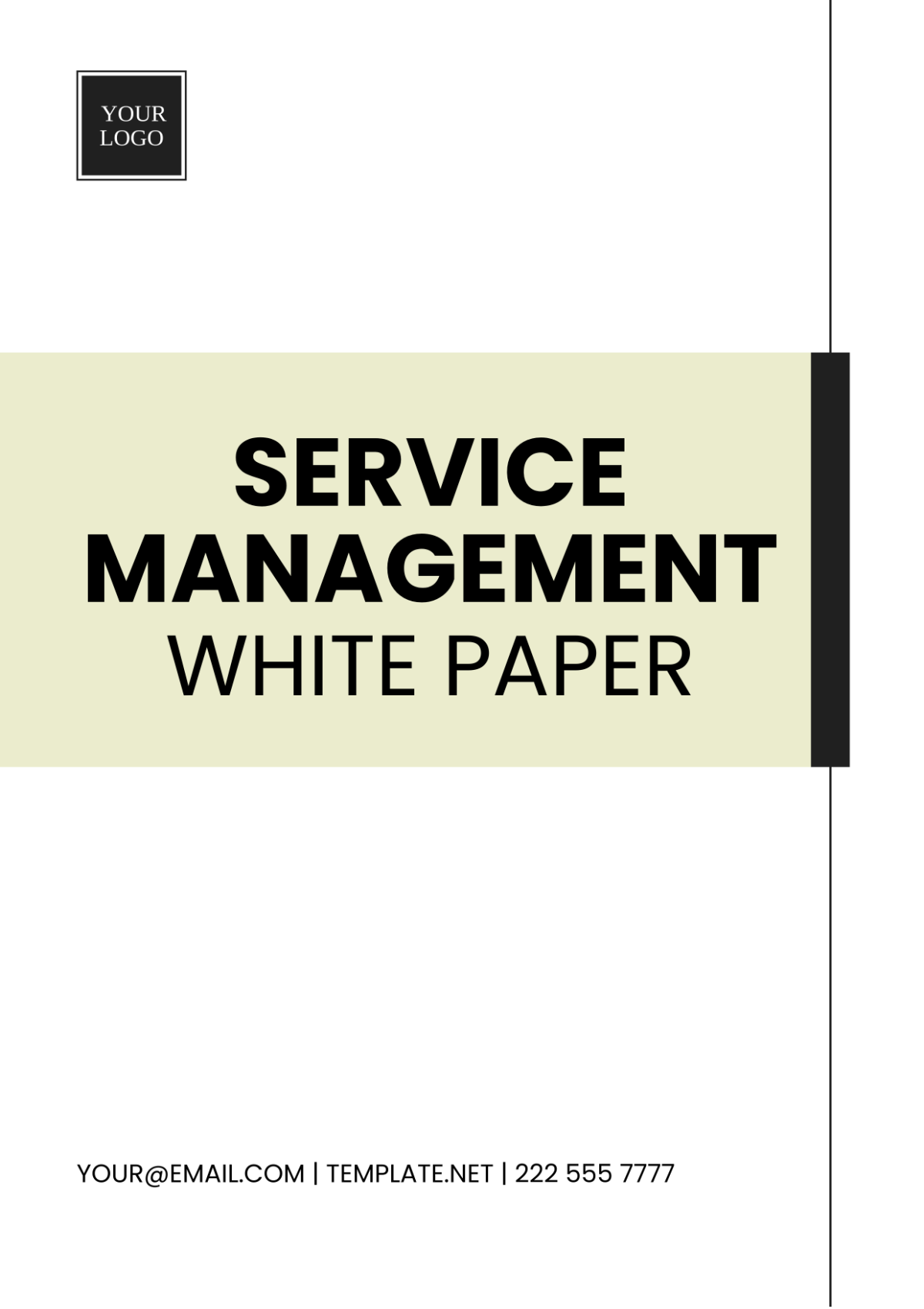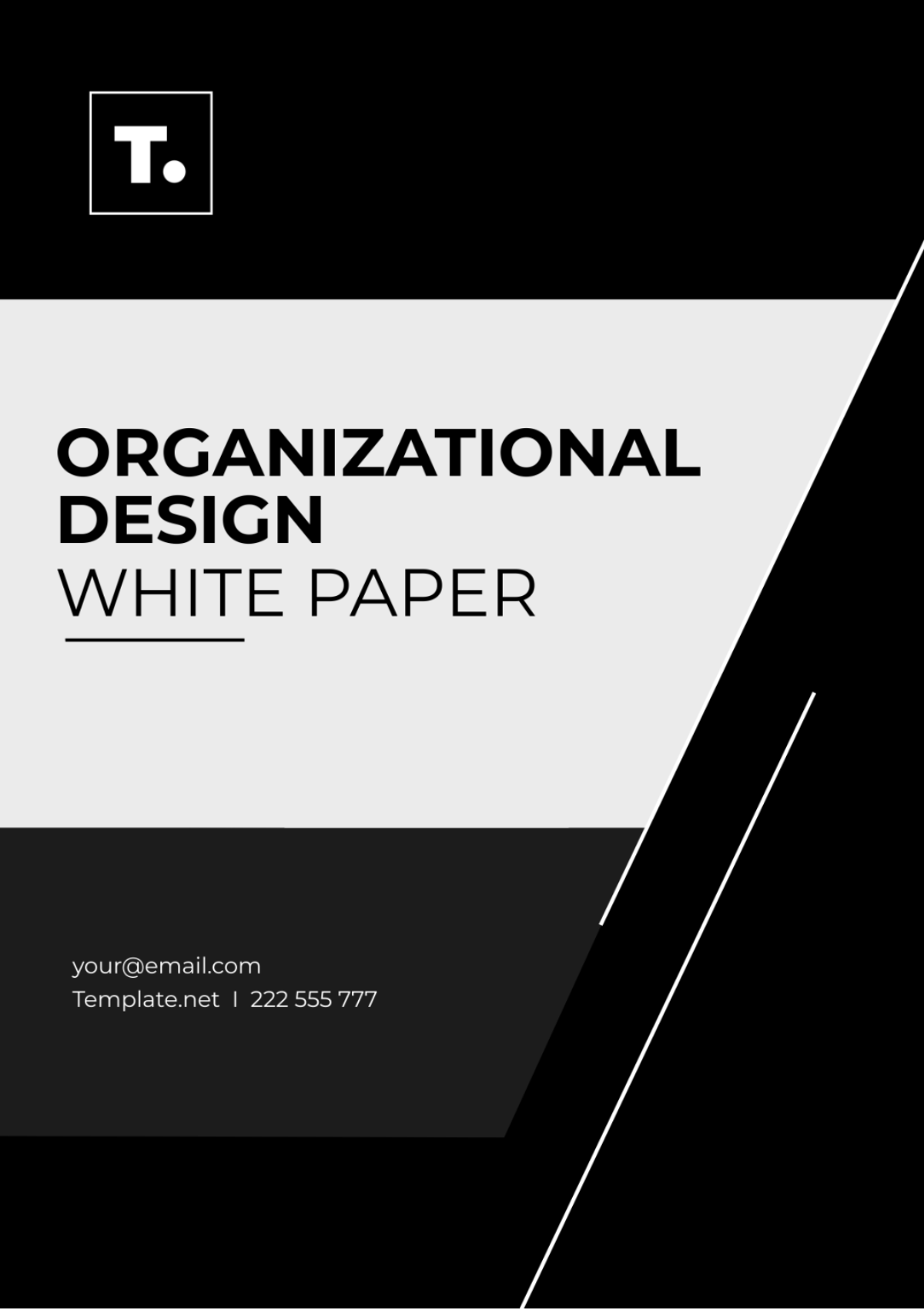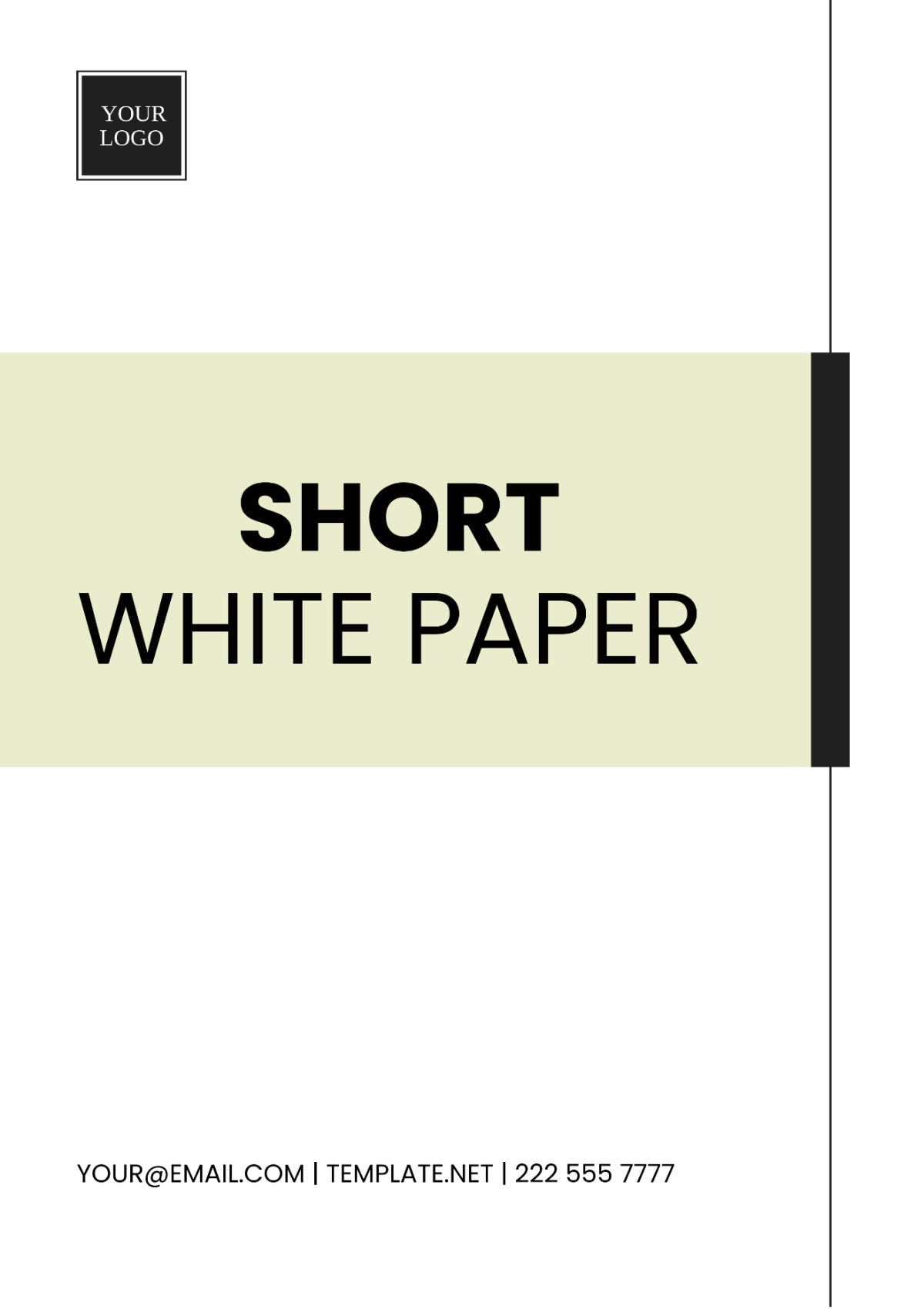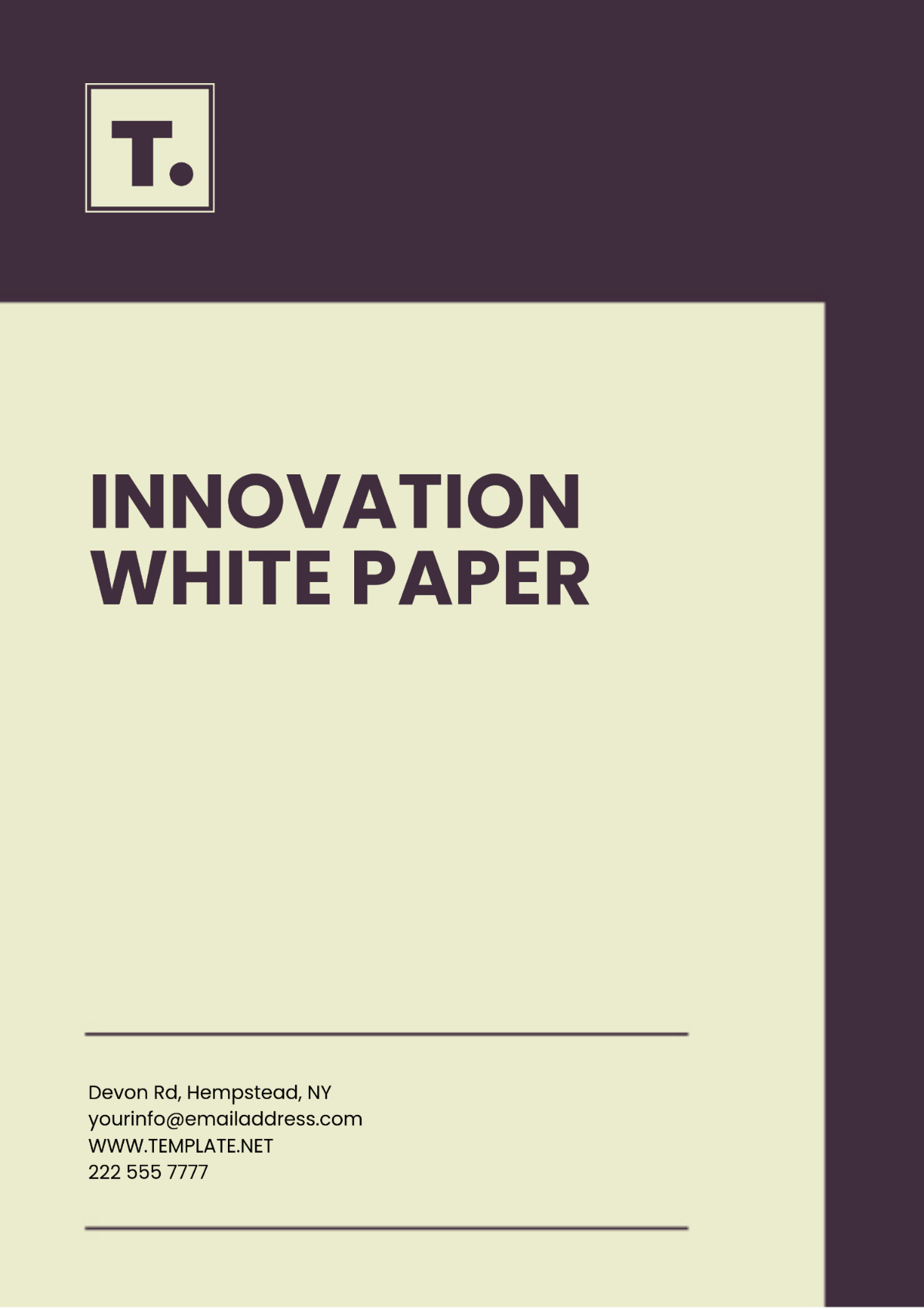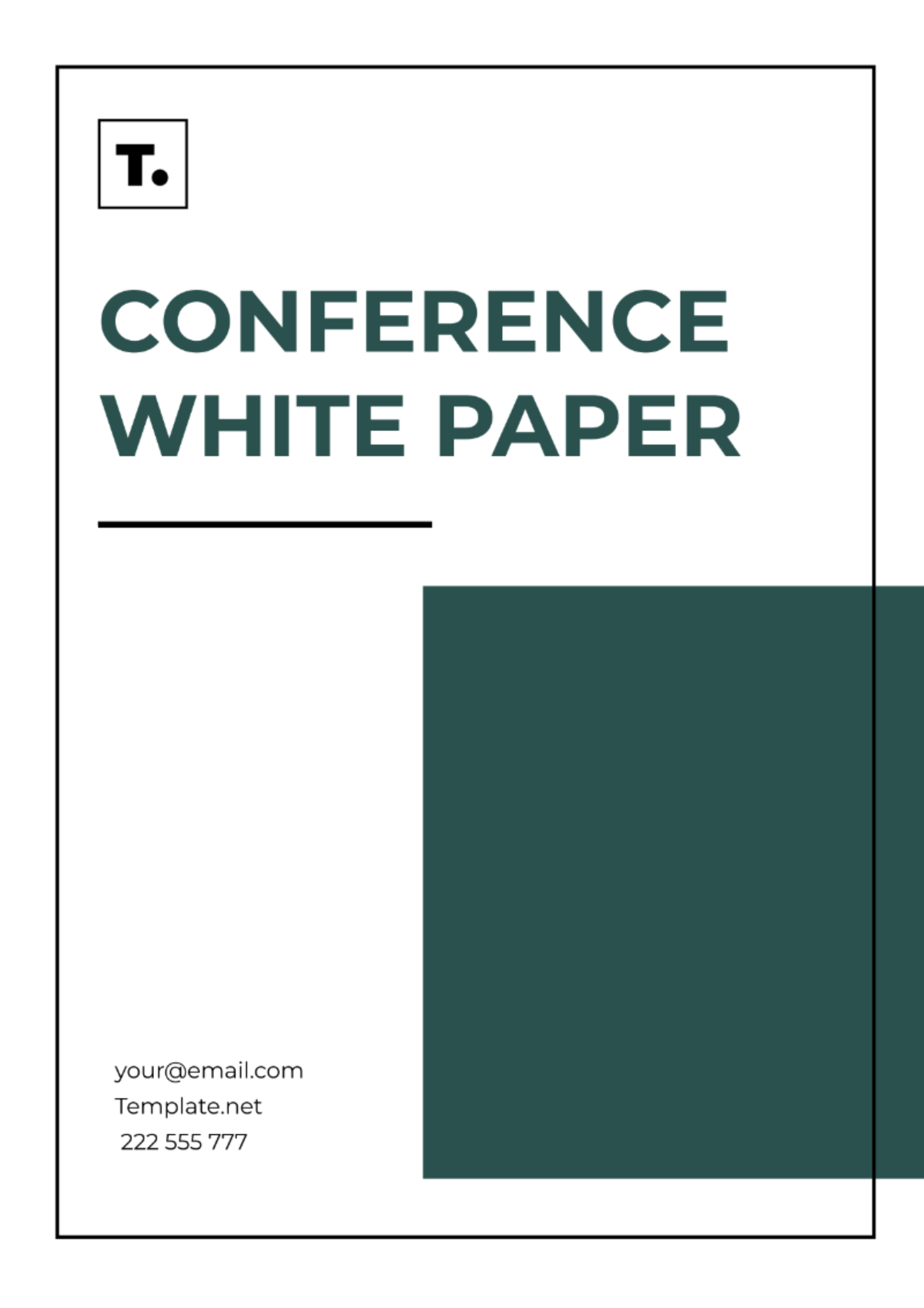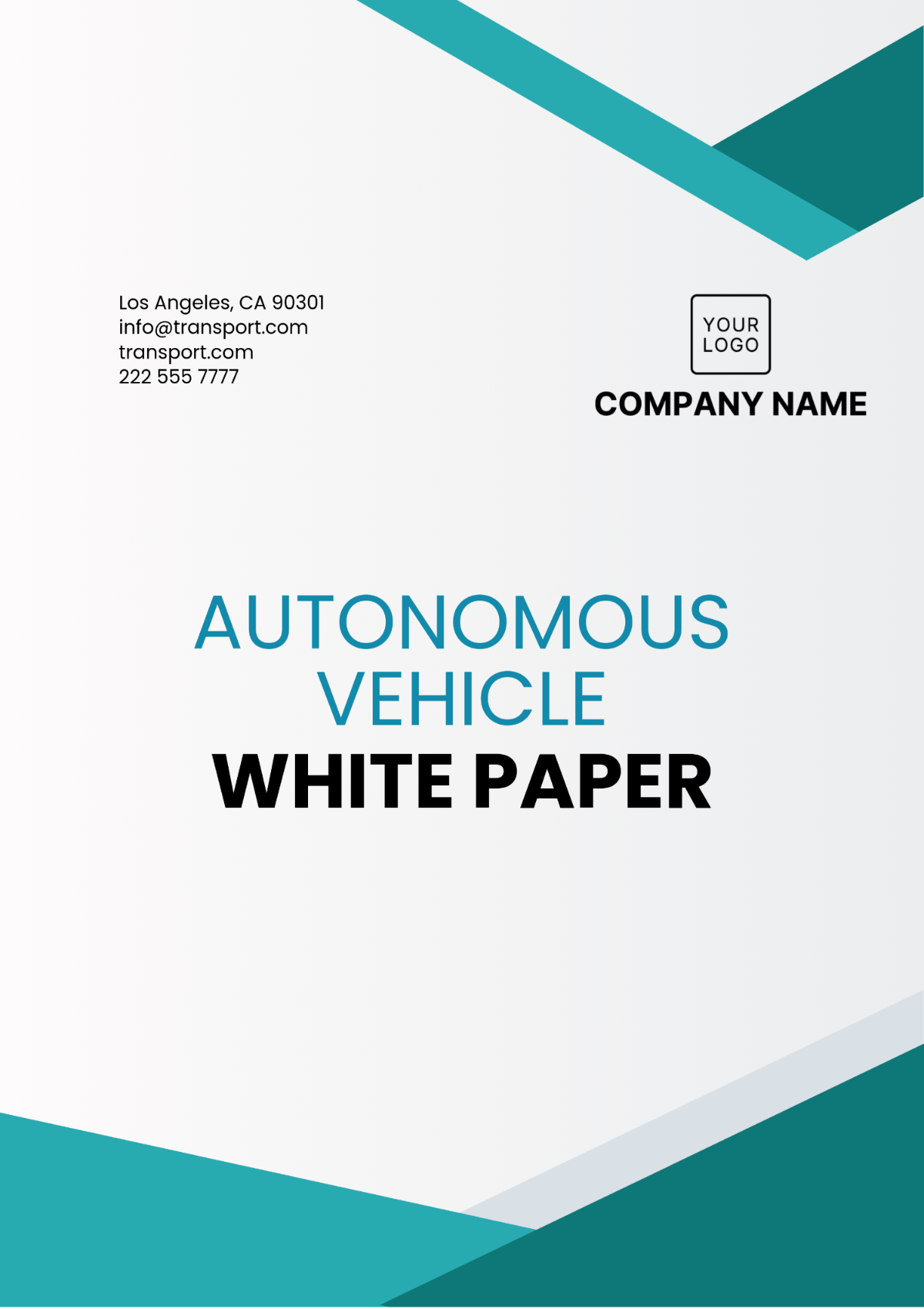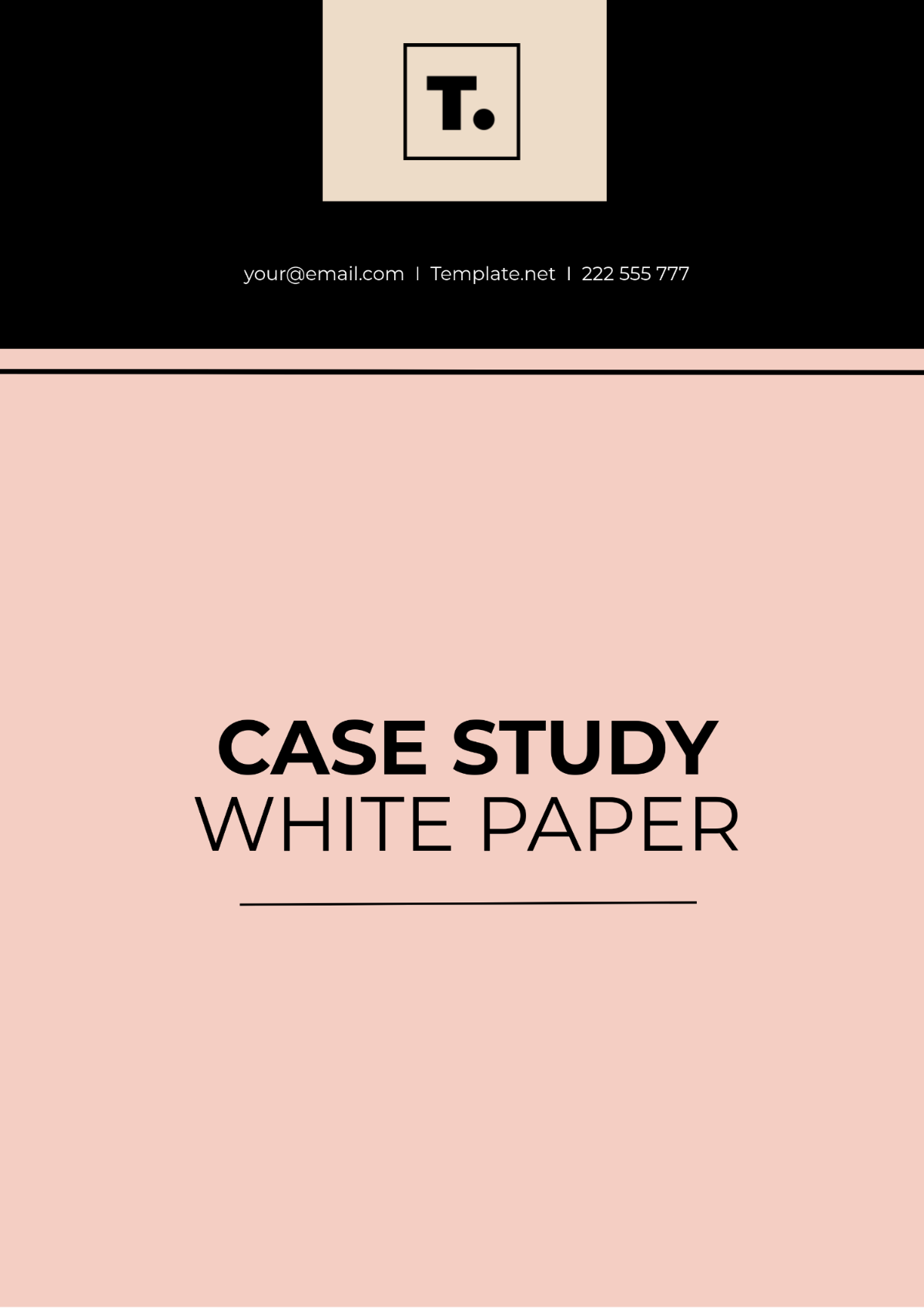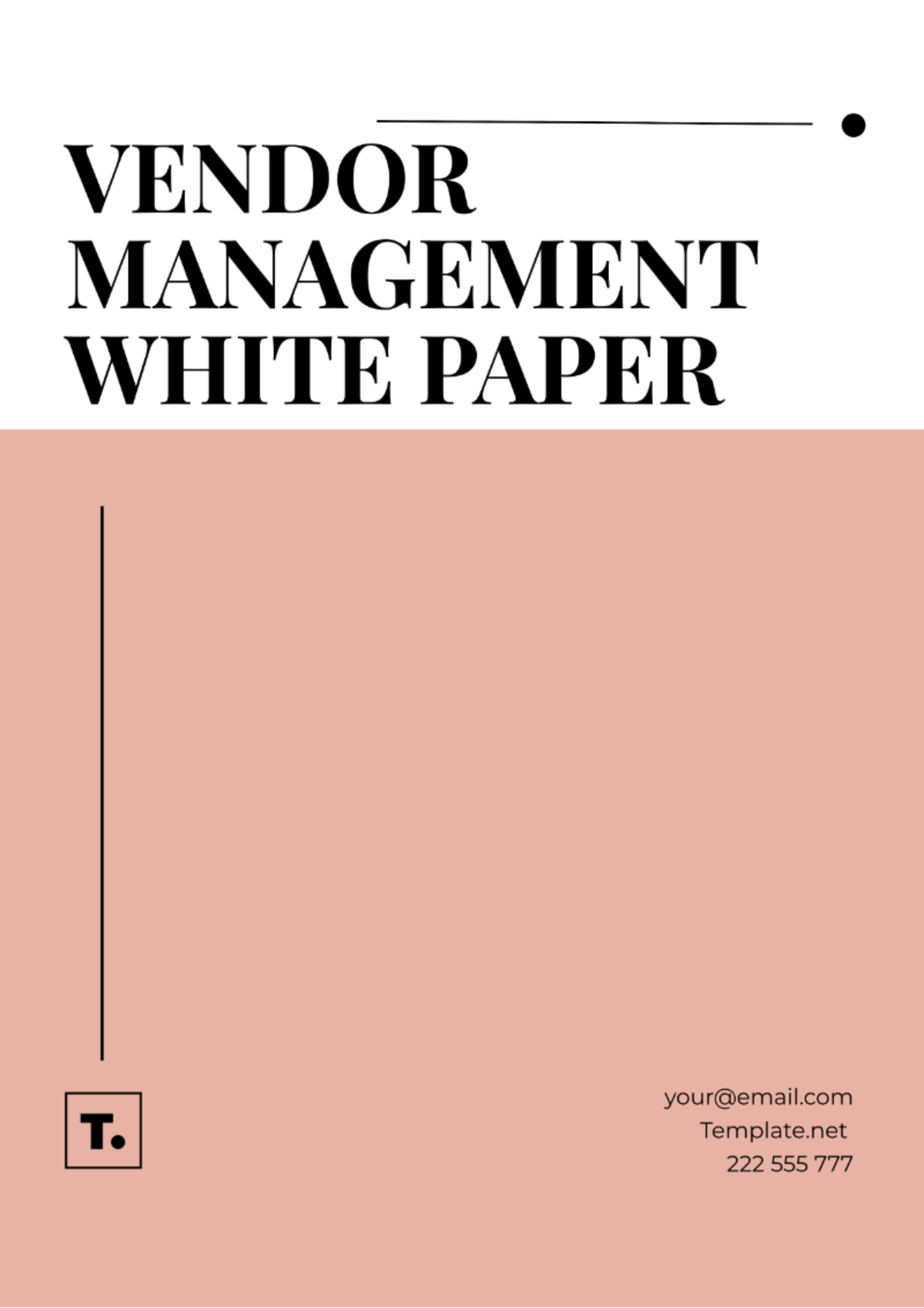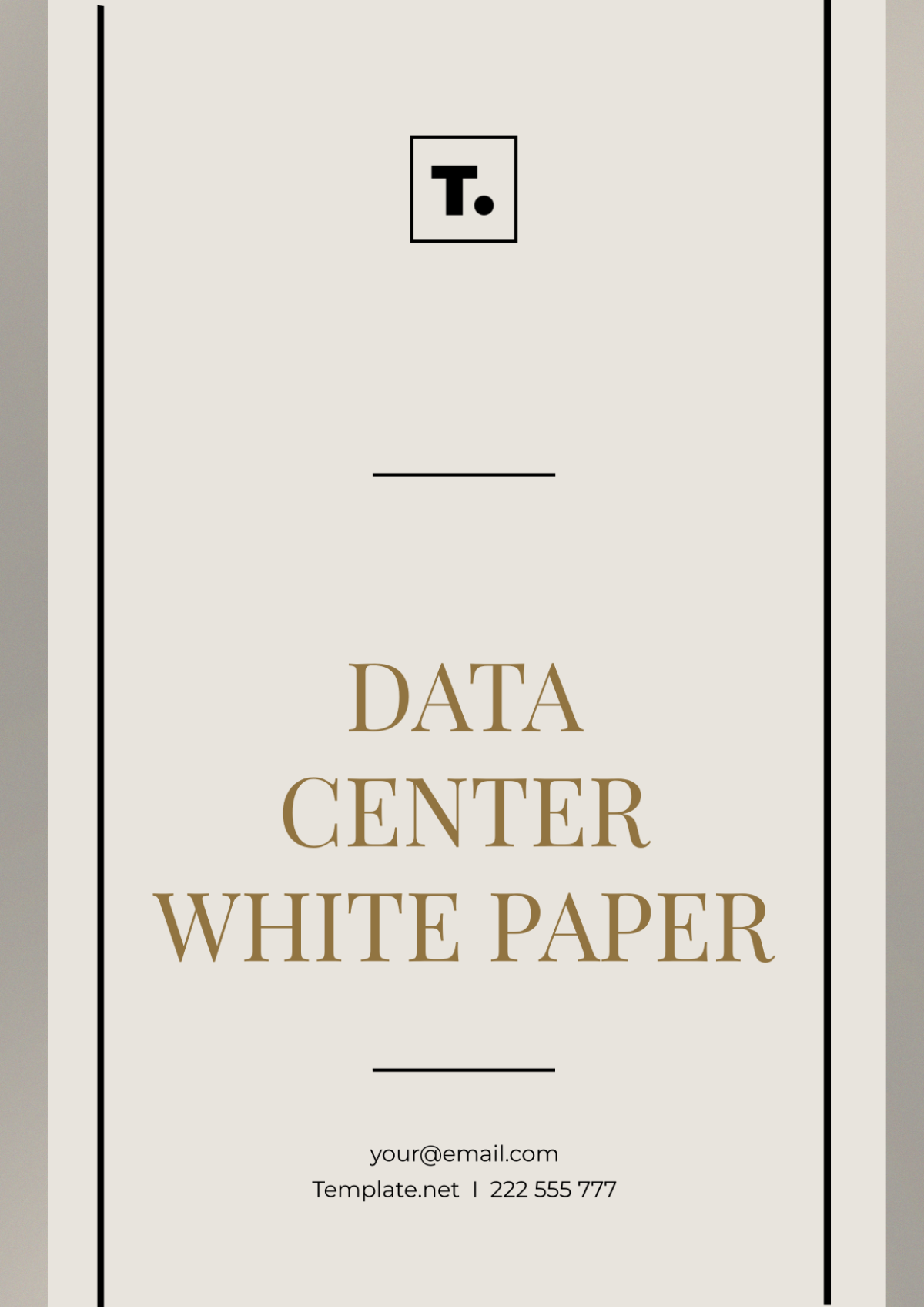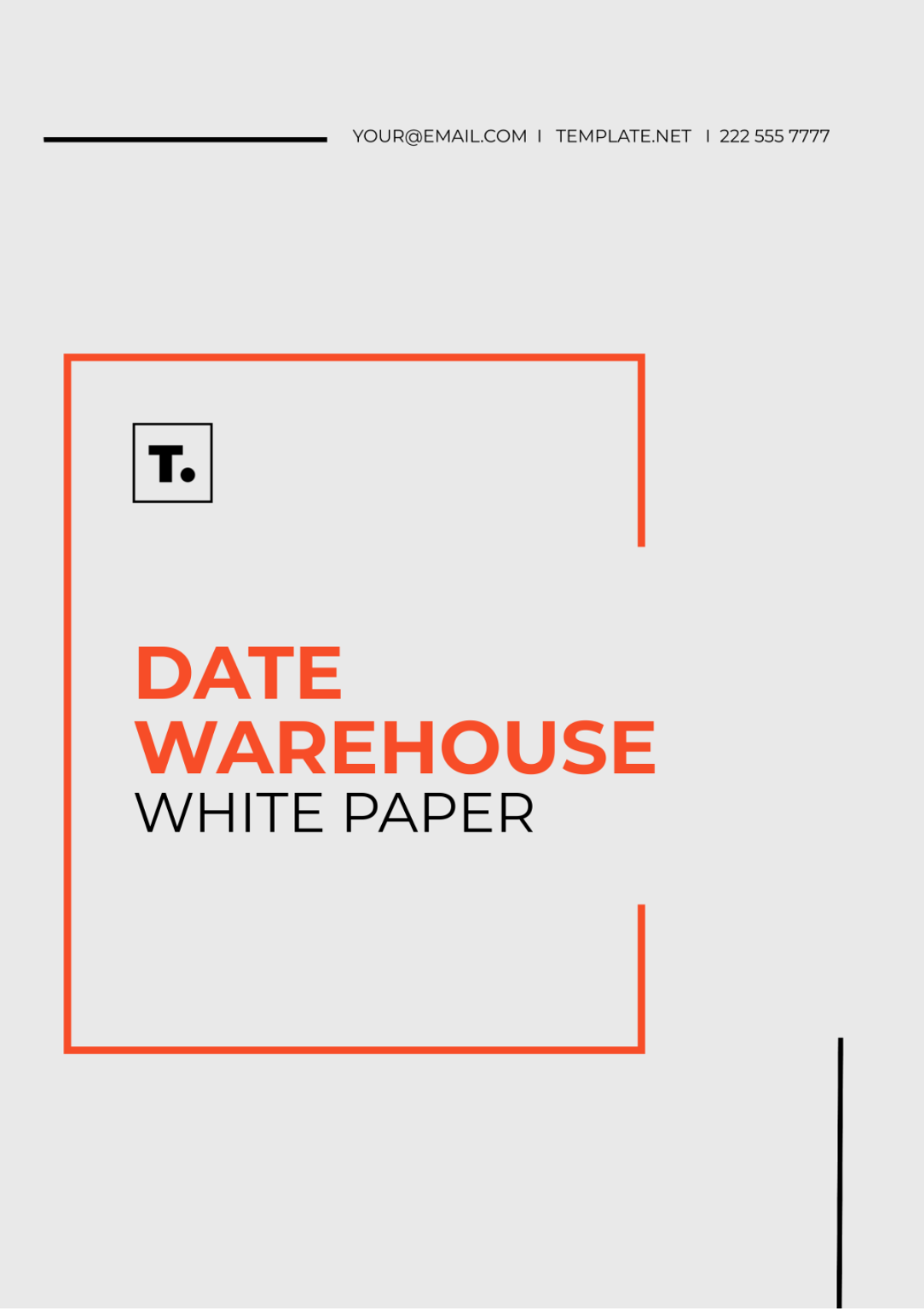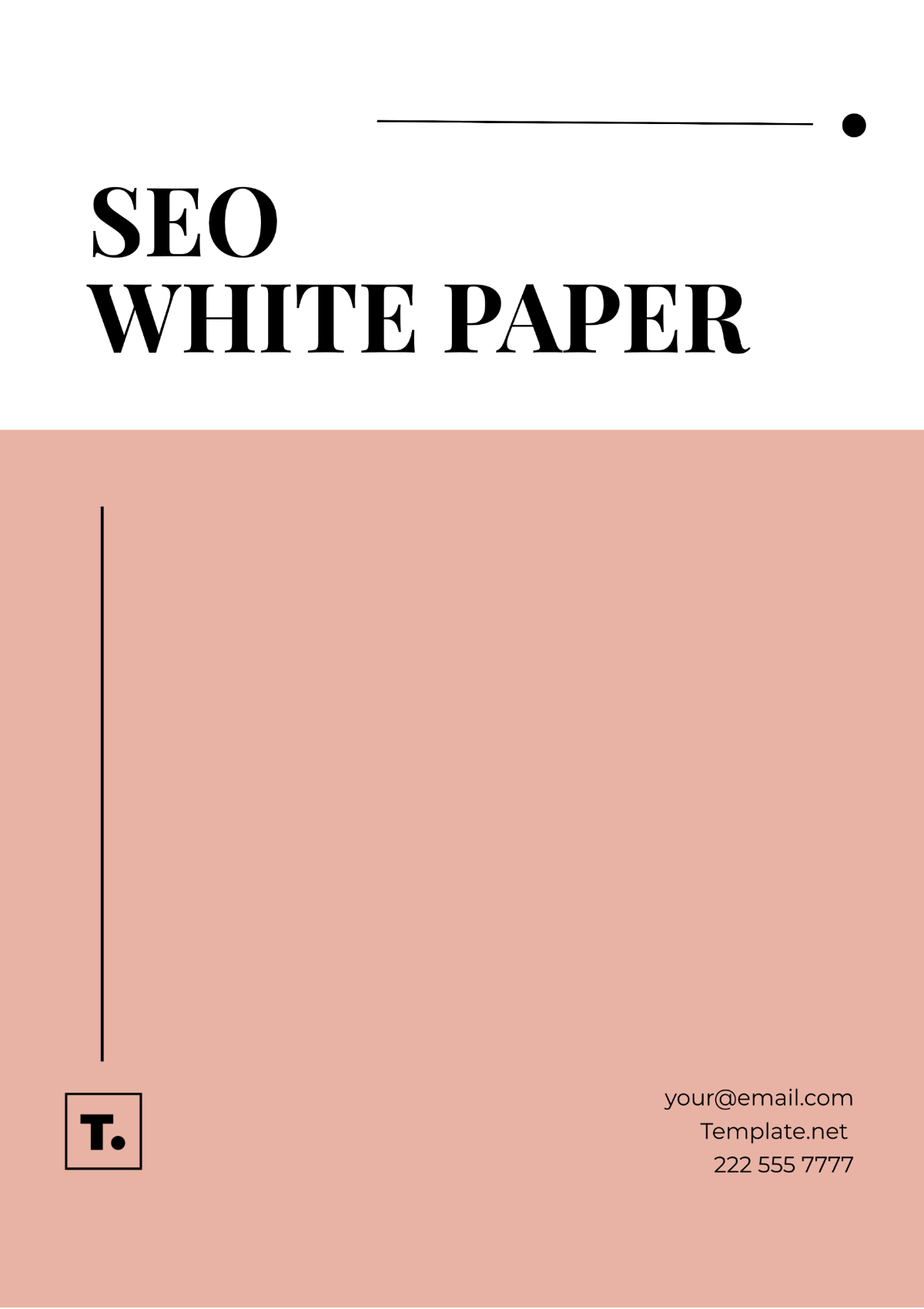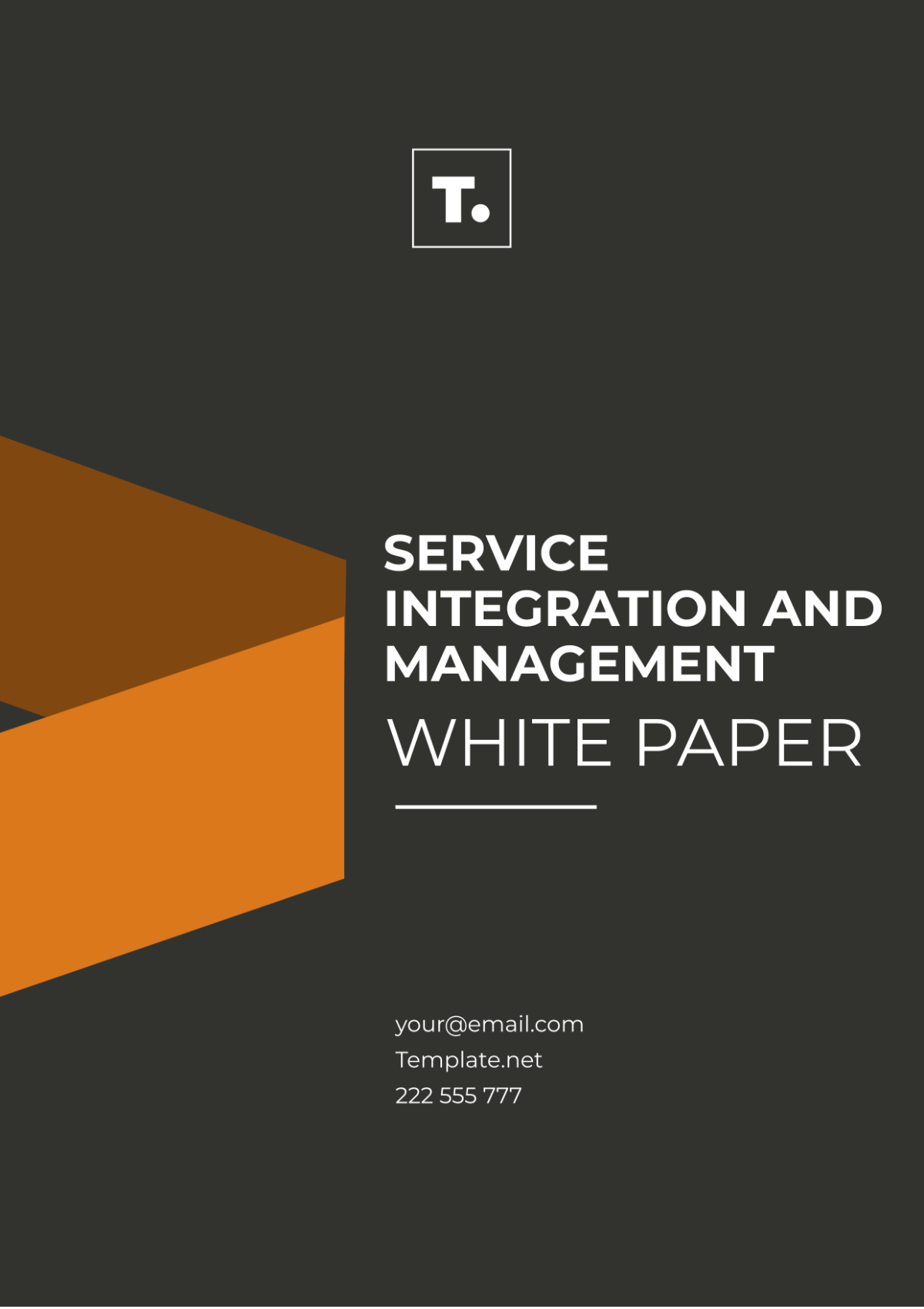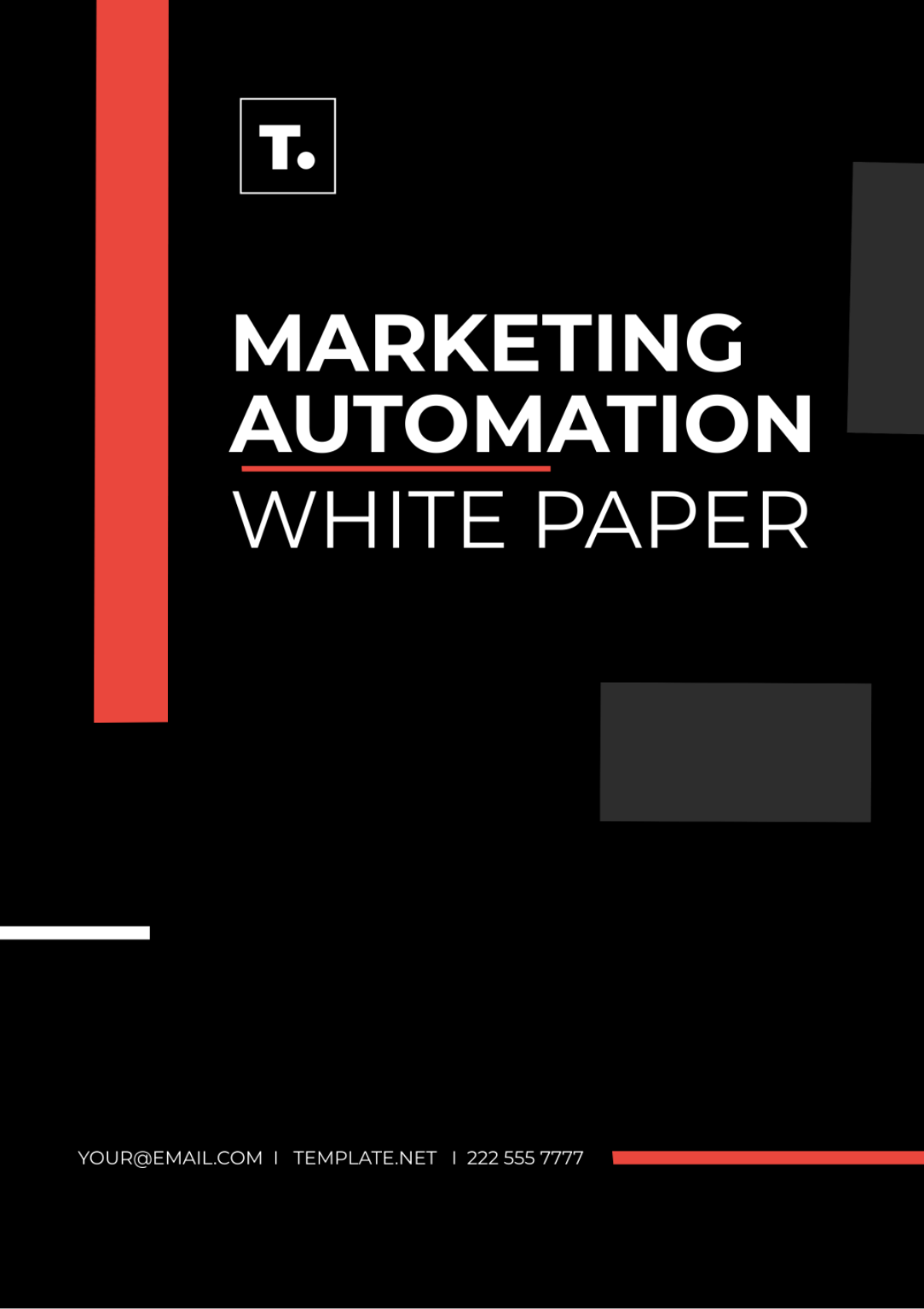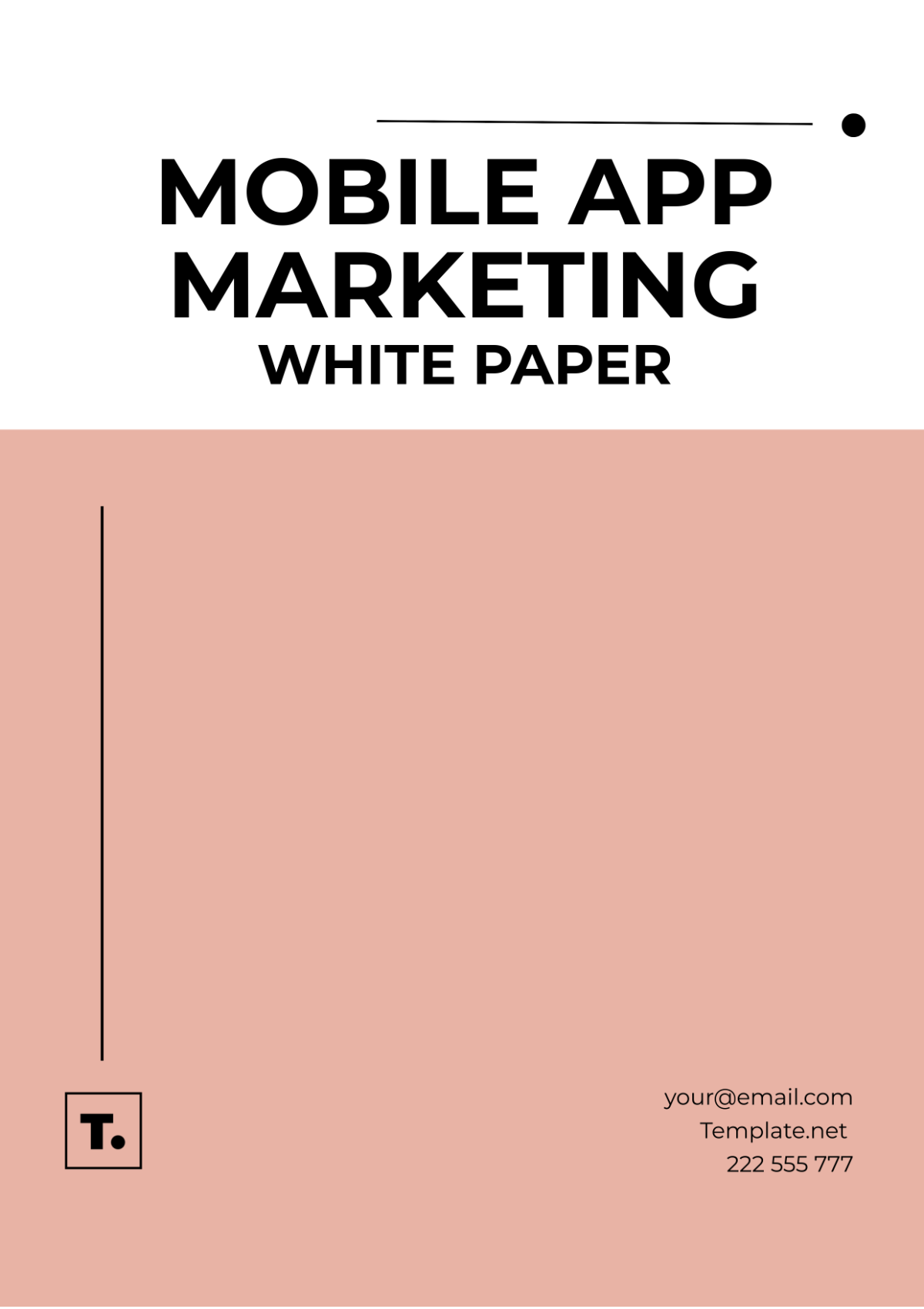Design Case Study White Paper
I. Introduction

[Your Company Name] presents this comprehensive White Paper to discuss and analyze the design process, challenges, and outcomes of our latest project. Authored by [Your Name], [Your Position], this document serves as a critical tool for sharing our insights and strategies with the broader design and business community.
A. Background
Provide a brief overview of the industry context and the specific challenges or needs that initiated this design project. Example areas to cover:
Industry trends
Consumer behavior insights
Technological advancements
B. Objectives
Outline the primary goals of the design project, such as:
Enhancing user experience
Increasing market share
Improving product functionality
C. Scope of the Paper
Define the boundaries of the case study, including:
Design elements discussed
Period of the project coverage
Stakeholders involved
II. Case Study Overview
A. Project Description
Detail the project parameters, including:
[Your Project Name]: A brief description
Key features and functionalities introduced
Target audience and demographic specifics
B. Design Process
Enumerate the stages of the design process employed, from conception to execution:
Ideation and conceptualization
User research and data gathering
Prototyping and initial feedback
Final design implementation
Testing and quality assurance
C. Challenges Faced
Discuss significant obstacles encountered during the design process and how they were addressed:
Technical limitations
Budget constraints
User feedback and iterations
III. Outcomes and Impact
A. Results Achieved
Highlight the key outcomes of the project with relevant statistics and findings:
User engagement metrics
Sales figures before and after implementation
Client or customer testimonials
B. Lessons Learned
Share insights gained during the project that can benefit future projects:
Improved processes or methodologies
Unexpected user interactions
Resource management enhancements
C. Comparative Analysis
(Optional) Provide a comparison with competitor products or industry standards to benchmark the project’s success.
IV. Conclusion
Summarize the overall impact of the design project and its significance to [Your Company Name] and the wider industry.
V. Call to Action
Encourage further engagement with readers, suggesting:
Downloading additional resources
Signing up for a webinar or workshop
Contacting [Your Department] for consultations or partnerships
VI. Appendix
Include supplementary materials that support the case study:
Charts, graphs, and tables with key data
Photographs of the design at various stages
Links to project resources or product demos
VII. About the Author
[Your Name]
Position: [Your Position]
Background: Brief professional history and area of expertise
Contact Information: [Your Email]
This template is designed to guide you through presenting a thorough and persuasive design case study. Each section should be adapted to reflect the specifics of your project and the insights your team has gained. By filling in the placeholders, you ensure that the White Paper remains both informative and personal to [Your Company Name] and its audience.








